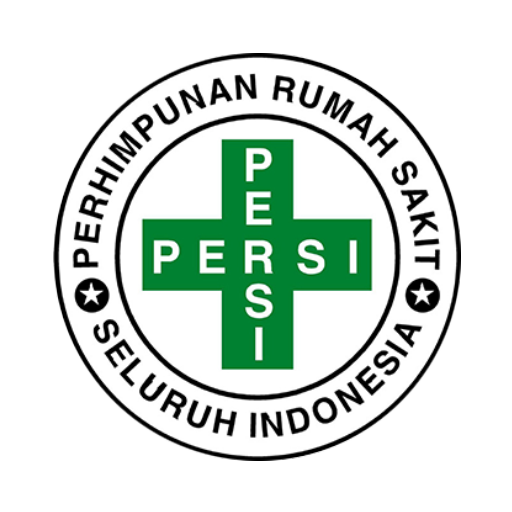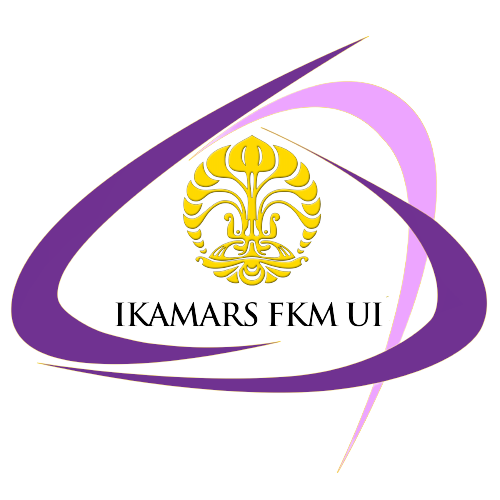Tata Kelola dan Kepatuhan Penerapan Standar Patient Safety Penyakit Stroke di Rumah Sakit Dr. Kanujoso Djatiwibowo Tahun 2015
Abstract
Keywords
Full Text:
PDFReferences
(1) Adams, RD; IVctor, M: Cerebrovascular in Principles of Neurology, 7th ed, USA, Mc Graw Hill Book Co, 2001, page 821 – 829.
(2) Aliah A, Kuswara FF, Limoa RA, Wuysang G, Gambaran Umum Tentang Gangguan.
(3) Arafat, Wilson, Mohamad Fajri. Smart Strategyfor 360 degree GCG (Good Corporate Governance) Oktober 2009.
(4) Aminoff MJ, Clinical Diagnosis of Acute Stroke Syndrome, Q J Med 1983; 42 : 515-23.
(5) Budihardjo, Andreas. 2008. Pentingnya Safety Culture di Rumah Sakit. Integritas-Jurnal.
(6) Caplan LR, DeWitt LD, Breen JC, Neuroimaging In Patients With Cerebrovascular Diseases in; Neiroimaging A Companaion to Adams and IVctor’s Principles of Neurology, McGraw Hill,Inc, New York, 1995 :435-444 CCH, . Clinical Casemix Handbook, 2011 – 2012.
(7) Clinton H, Obama B. Making Patient Safety the Centerpiece of Medical Liability Reform. New Engl J Med. 354.21 ( www.nejm.org. may 25.2006.
(8) Depkes RI.. Standar Pelayanan Rumah Sakit. 1999.
(9) Depkes RI. Panduan Nasional Keselamatan Pasien Rumah Sakit (Patient Safety). 2005.
(10) Depkes RI. Utamakan Keselamatan Pasien. (http://rsbt.or.id/kkprs/data/panduan. pdf diakses Tanggal 2 Desember 2012) 2006
(11) Depkes RI. Panduan Nasional Keselamatan Pasien Rumah Sakit (Patient Safety), 2 ed, Bakti Husada, Jakarta. 2008.
(12) Depkes RI. Pedoman Pelaporan Insiden Keselamatan Pasien (IKP) (Patient Safety Incident Report), 2 ed, Bakti Husada, Jakarta . 2008.
(13) Gani A, dan Rivany. Dampak sosial Ekonomi Akibat Stroke, Seminar Penanggulangan Sroke , yayasan Stroke Indonesia. 2005.
(14) Gelb DJ Stroke, in Introduction Clinical Neurology, 3rd ed, Elsivier Butterworth Heinemann, Philadelphia, 2005 : 111-130.
(15) Hamdani, S. Analisis budaya keselamatan pasien di rumah sakit islam. Tesis. Jakarta. 2007.
(16) ICD-10,. International Standaritation. 2010 IOM. To Err Is Human: Building a Safer Health System http://www.nap. edu/catalog/9728.html, 2000
(17) Joint Commission International. Joint commission on Accreditation of Health Organization. Illoonis. 2011.
(18) Kase CS,Mohr JP, Caplan LR, Intraserebral Hemorrhage, in ; Stroke Pathophysiology, 2004 :347-369.
(19) Misbach J Hamid AB, Mayza A,Saleh MK,Neurovaskular, dalam ;BukuPedoman Standar Pelayanan Medis (SPM) dan standar Prosedur Operasional (SPO)Neurologi, PERDOSSI, Jakarta, 2006 :19-22.
(20) Patient Safety: Achieving a New Standard for Care http://www.nap.edu/catalog/10863.html.
(21) Permenkes nomor 1691/Menkes / V / 2011. Tentang Keselamatan Pasien Rumah Sakit
(22) Permenkes nomor 251 / Menkes / SK / VII / 2012. Tentang Komite Keselamatan Pasien Rumah Sakit.
(23) Peredaran Darah Otak (GPDO), dalam;Neurologi Kapita Selekta, Edisi 2, Gadjah Mada University press, Yogyakarta, 2003: 81-95.
(24) Poungvarin N, IVriyavejakul A,komontri C, Siriraj . Stroke Score and Validation Study to Distinguish Supratentorial Intraserebral Haemorrhage from Infraction, BMJ 1991 ; 302 : 1565-7.
(25) Rivany, R. Hubungan Clinical Pathway Dengan DRGs, Casemix, INA-Version. 2005.
(26) RSKD RM. Data 10 Penyakit Terbanyak RS Kanujoso. Balikpapan. 2014
(27) RSKD RENSTRA. Rencana Strategis RS Kanujoso. Balikpapan .2014.
(28) RSKD KMKP. Laporan tahunan Komite Mutu dan Keselamatan pasien RS Kanujoso. Balikpapan . 2014.
(29) Sang Chung C,Caplan LR, Neurovascular Disorder, in ; Textbook of Clinical Neurology, 2nd ed Saunders, Philadelphia, 2003 : 991-1009.
(30) Setiowati, Dwi. Hubungan Kepemimpinan Efektif Head Nurse dengan Penerapan Budaya Keselamatan Pasien oleh Perawat Pelaksana di RSUPN Dr. Cipto Mangkusumo Jakarta. Tesis, Universitas Indonesia: Jakarta. 2010.
(31) Soetoto. KARS. Workshop Akreditasi - Patient Safety. Bali. 2014.
(32) Tika, M.P. Budaya Organisasi dan Peningkatan Kinerja Perusahaan. Jakarta: Bumi Aksara. . 2006.
(33) Undang Undang nomor 29. Tentang Praktek Kedokteran. 2004.
(34) Undang Undang nomor 36. Tentang Kesehatan . 2009.
(35) Undang Undang nomor 44Tentang Rumah Sakit. 2009.
(36) WHO. Report of the WHO task force on Stroke and other cerebrovascular disorder manifestation on Stroke, prevention, diagnosis and therapy. Stroke 20. 1989; 1407-1431.
(37) WHO. Surgical Care at the District Hospital.Genewa: Word Health Organization, 2003.
(38) WHO. Collaborating Centre for Patient Safety. 2007.
(39) WHO Patient Safety. Surgical Safety Checklist. 2009.
(40) Widjaja D, Perdarahan Intraserebral Primer (Non Trumatik), patofisiologi, Diagnosisis dan Penatalaksanaan, LAB/UPF Ilmu Penyakit Saraf Fk UNAIR, Surabaya,1988 : 40-47.
(41) Yahya, A. Konsep dan Program “Patient Safety”. Proceedings of National Convention VI of The Hospital Quality Hotel Permata Bidakara, Bandung . 2006.
(42) Yahya A. Seminar Fraud dan Patient Safety. Jakarta . 2007.
(43) Yahya, A Integrasikan Kegiatan Manajemen Risiko. Workshop Keselamatan Pasien & Manajemen Risiko Klinis. PERSI: KKP-RS.
DOI: http://dx.doi.org/10.7454/arsi.v3i3.2222
Refbacks
- There are currently no refbacks.








